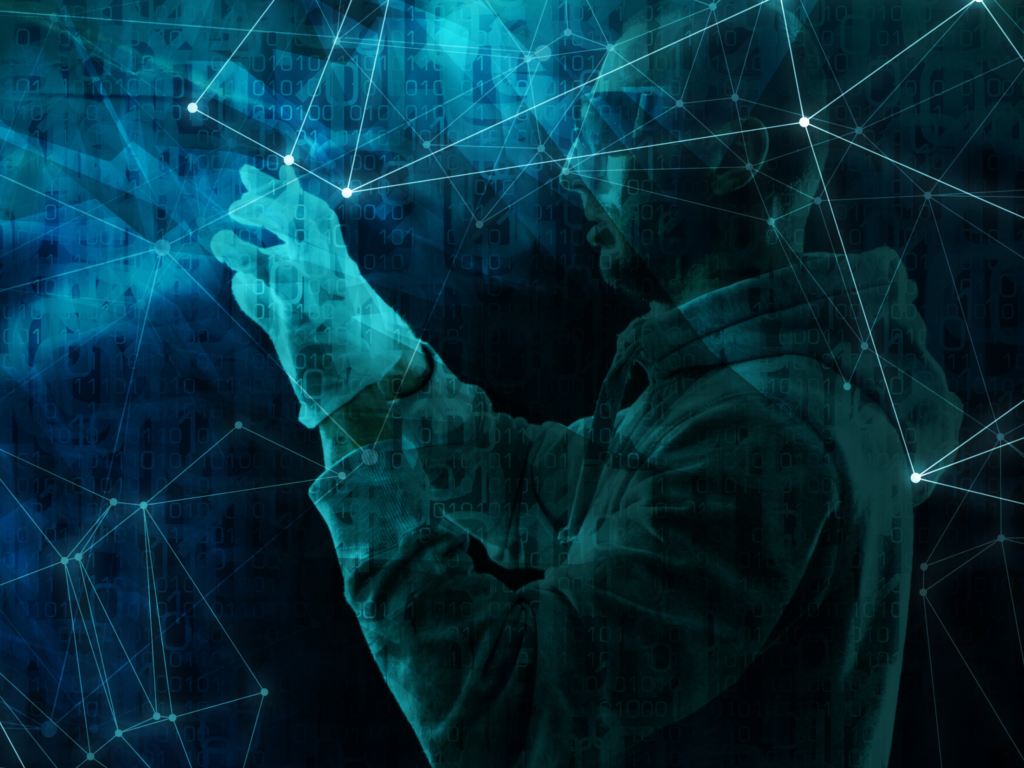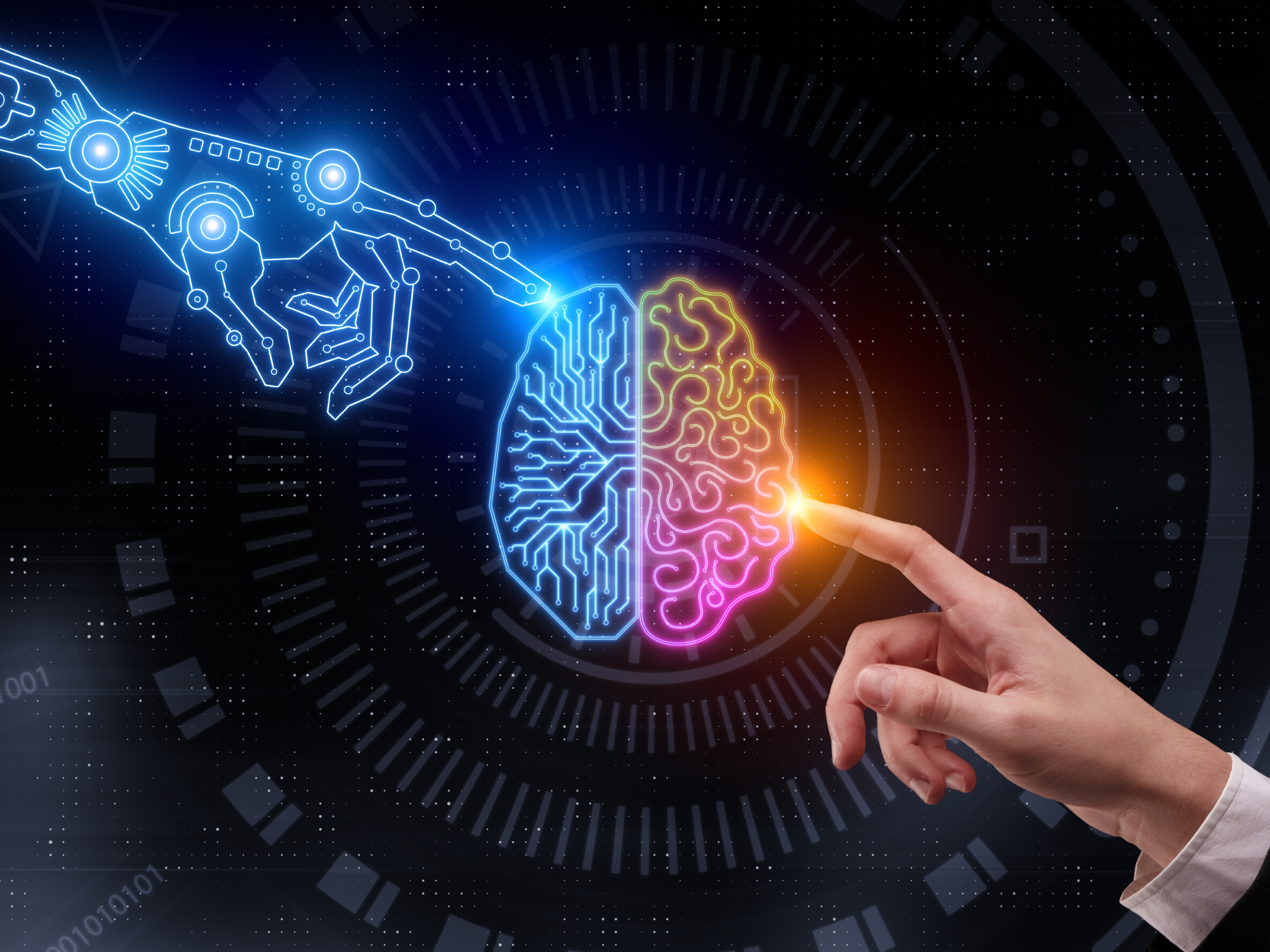The Current State of Cybersecurity
Author: Steffie Bell
According to Gartner’s predictions for 2023, CISOs are facing new challenges that go beyond technology, cybersecurity, and controls. It is expected that by 2025, more than half of significant cyber incidents will be caused by a lack of talent or human error. Considering these challenges, how can modern cybersecurity leaders improve their programs? As we move towards 2025, Gartner predicts that the consumerization of AI-enabled fraud will significantly alter the enterprise attack surface. This will likely result in more outsourcing of enterprise trust, as well as a greater focus on security education and awareness.
The current state of cybersecurity is complex and constantly evolving. Cybersecurity refers to the practice of protecting computer systems, networks, and sensitive information from unauthorized access, theft, or damage. In recent years, the frequency and severity of cyberattacks have increased, highlighting the need for better cybersecurity measures.

Some of the key trends and challenges in cybersecurity today include:
- Increasing frequency and severity of cyberattacks: Cyberattacks have become more frequent and sophisticated, with cybercriminals constantly finding new ways to exploit vulnerabilities in computer systems and networks.
- The rise of ransomware attacks: Ransomware attacks have become more common and have proven to be a lucrative business for cybercriminals. These attacks involve the encryption of a victim’s data and the demand for payment in exchange for the decryption key.
- The challenge of securing remote work: With the rise of remote work, many employees are accessing company networks and data from home or other remote locations. This has created new opportunities for cybercriminals to exploit vulnerabilities in home networks or unsecured devices.
- The increasing importance of cloud security: Many organizations are now using cloud services to store and process sensitive data. However, the security of cloud-based systems is a major concern, as cybercriminals can potentially access large amounts of data by breaching a single cloud provider.
- The need for stronger authentication measures: Traditional authentication measures, such as passwords, are no longer sufficient to protect against cyberattacks. Stronger authentication measures, such as multi-factor authentication, are becoming more common.
To address these challenges, cybersecurity professionals are constantly developing new strategies and technologies to improve cybersecurity measures.
These include:
- Implementing a layered approach to cybersecurity: This involves using multiple security measures, such as firewalls, antivirus software, and intrusion detection systems, to provide comprehensive protection against cyberattacks.
- Using artificial intelligence and machine learning: AI and machine learning are being used to analyze large volumes of data and identify potential threats in real time.
- Increasing the use of encryption: Encryption can help protect sensitive data by rendering it unreadable to unauthorized users.
- Conducting regular security assessments: Regular security assessments can help identify vulnerabilities and potential risks to a company’s cybersecurity.
- Improving security awareness and training: Employees are often the weakest link in a company’s cybersecurity defenses. Improving security awareness and providing regular training can help reduce the risk of human error.
- Collaborating with government agencies and other organizations: Cybersecurity threats are often global, and collaboration between different organizations can help improve cybersecurity measures and mitigate risks.
Overall, the current state of cybersecurity requires constant vigilance and adaptation to new threats. While there is no foolproof solution, implementing a multi-layered approach to cybersecurity, keeping up with the latest technologies and trends, and investing in employee education and awareness can help minimize the risk of cyberattacks and protect sensitive data.

